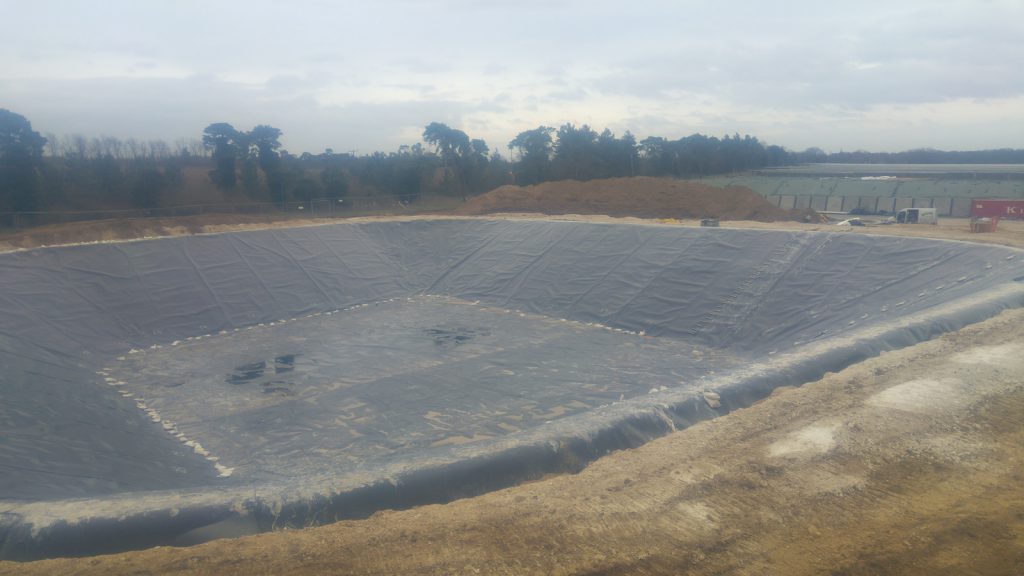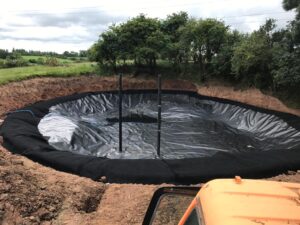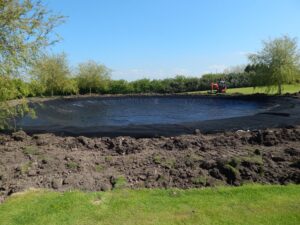Dealing with invasive species like Japanese knotweed requires robust and strategic measures to prevent their spread and control their impact on the environment. Lining solutions offer an effective method to contain and manage the growth of Japanese knotweed, preventing its root system from infiltrating surrounding areas.
Understanding Lining Solutions for Japanese Knotweed
Lining solutions involve the installation of impermeable barriers or membranes to prevent the spread of Japanese knotweed, a highly invasive plant known for its aggressive growth and ability to penetrate infrastructure, buildings, and natural environments. These solutions aim to contain the plant’s roots and rhizomes, restricting their spread underground.
Uses in Managing Japanese Knotweed
Containment and Prevention: Lining solutions create barriers that restrict the growth and spread of Japanese knotweed, preventing its rhizomes from expanding into new areas.
Infrastructure Protection: These solutions safeguard structures, foundations, and utilities from potential damage caused by the invasive root system of Japanese knotweed.
Benefits of Lining Solutions for Japanese Knotweed
Root Containment: Impermeable liners effectively contain the root system of Japanese knotweed, preventing its expansion into adjacent areas.
Prevention of Environmental Impact: Lining solutions minimise the plant’s ability to spread and invade natural habitats, preserving native flora and fauna.
Infrastructure Preservation: By preventing the infiltration of knotweed roots, these solutions protect buildings, roads, and underground utilities from damage.
Long-Term Management: Lining solutions offer a sustainable approach to controlling Japanese knotweed, reducing the need for continuous and extensive herbicide use.
Types of Lining Solutions
Geomembrane Barriers: Impermeable membranes made of materials like high-density polyethylene (HDPE) or polypropylene act as barriers to contain Japanese knotweed rhizomes.
Root Barriers: Specialised barriers designed to impede the growth of plant roots, limiting the spread of Japanese knotweed underground.
Applications in Japanese Knotweed Management
Residential and Commercial Areas: Lining solutions are used around properties, gardens, or development sites to prevent Japanese knotweed from encroaching onto buildings or neighbouring areas.
Ecological Restoration Sites: These solutions aid in controlling the spread of Japanese knotweed in natural habitats, supporting efforts to restore native plant diversity.
Conclusion
Lining solutions offer a proactive and effective approach to managing the spread of Japanese knotweed, an invasive plant notorious for its ability to cause structural damage and ecological disruption. Their role in containing the root system of Japanese knotweed, preventing its infiltration into new areas, and preserving the integrity of infrastructure and natural environments is crucial. As the effort to control invasive species gains momentum, lining solutions stand as a valuable tool in curbing the impact of Japanese knotweed and preserving the health of ecosystems and built environments.





